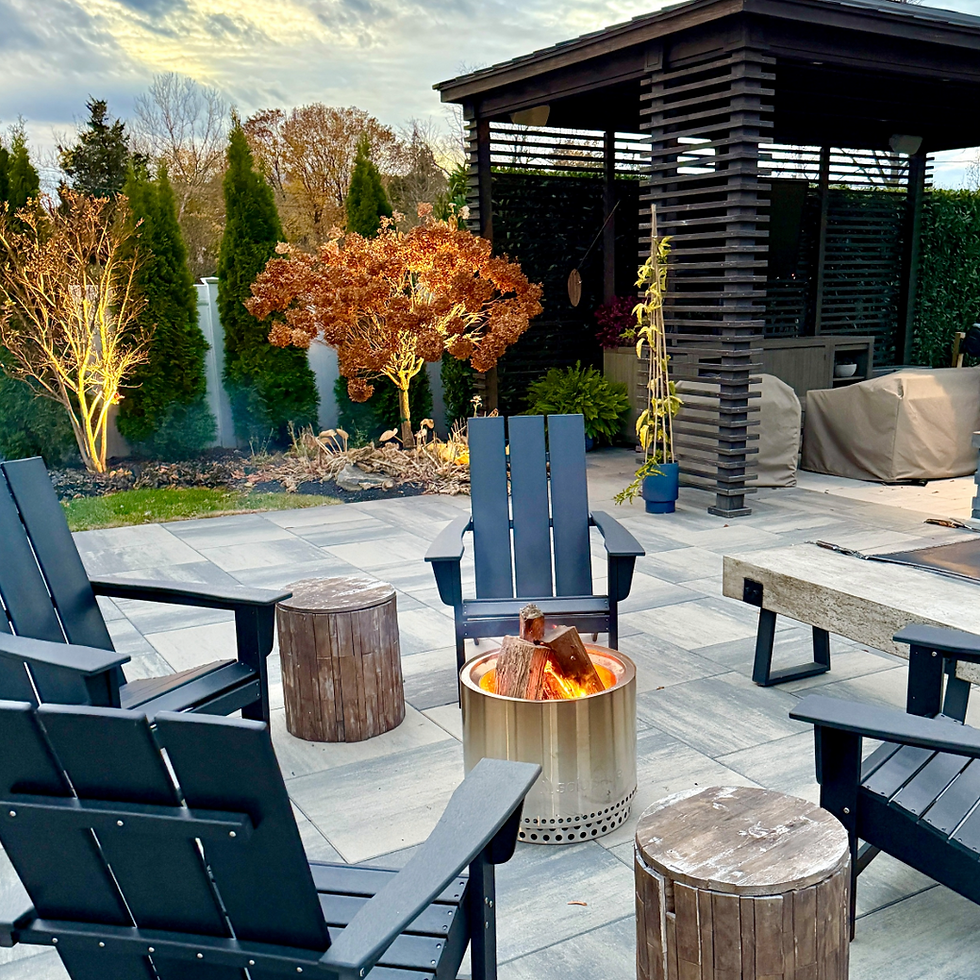Spring-blooming Native Trees of the Southeast
- Rebekah

- Apr 23, 2020
- 3 min read
Updated: Jan 9
It is the time of the year where so many of us think about planting or adding to an existing landscape. Native trees are, just as the name suggests, trees that are native to our area and therefore typically perform well for homeowners. Many times they are easy-to-care for, as long as they are planted in the correct area (think sun/shade/soil conditions). Are you interested in planting native trees? What about native trees that also bloom in spring (yes, please!)?! Many of you will be familiar with most of the trees we list today, but one or two may be new to you! In today's blog post, we will share several spring-blooming native trees that would light up your gardening landscape at this time of the year.

Redbud: Redbuds come in several varieties, did you know that? Many of us are familiar with the Eastern Redbud, which is the variety you see blooming all over the hills and countrysides in spring. There are also varieties that bloom white blooms instead of purple ('Alba'), varieties that are smaller in stature and make great focal points in small gardens ('Ruby Falls'), weeping varieties ('Cascading Hearts'), and Redbuds with deep purple foliage ('Forest Pansy') instead of green.
Dogwood: Like Redbuds, Dogwoods are a Tennessee staple. There are two different types of Dogwoods (and different varieties belong to each type)- Cornus florida and Cornus kousa (shown above). You are probably more familiar with Cornus florida. It is the tried-and-true Dogwood that you remember from your childhood. Cornus kousa blooms a bit later than Cornus florida and is overall more disease-resistant. Both are understory trees, meaning that they grow best under larger, more mature trees. They perform best in dappled sunlight, with some protection from late afternoon sun.
Carolina Silverbell: Despite its name, it is native to Tennessee also. This tall tree is prized for its delicate white, bell-shaped flowers that hang from its branches in spring. It has lime green foliage throughout the season, and pretty yellow foliage in fall.
White Fringe Tree: Not a common tree to see, although it is native to the Southeastern US. This small tree (topping out at 15' x 15') is completely covered in frilly white flowers in spring, making it a spectacular sight to behold! It is a slow-growing tree that has a life expectancy of over 50 years. Because of its small size, it is also suitable to be placed under power lines.
Yellowwood: This tree is native on limestone cliffs and ridges throughout Tennessee's natural landscape. It blooms in late spring. This is a relatively low maintenance tree, and should only be pruned after flowering to avoid removing any of the current season's flowers. It grows to be approximately 45' tall by 45' wide at maturity. It has a low canopy with a typical clearance of 5 feet from the ground, and should not be planted underneath power lines. It grows at a medium rate, and under ideal conditions can be expected to live for 70 years or more. It is a good choice for attracting bees to your yard. It has no significant negative characteristics.
Yellowwood is recommended for the following landscape applications:
Accent
Shade

Saucer Magnolia: Many varieties bloom in early to mid spring. These deciduous Magnolias differ from the traditional Southern Magnolia in that they are not evergreen and are typically small trees. There are several different varieties to choose from, with 'Butterflies' being my personal favorite (shown above) because of its cheerful pale yellow blooms. Saucer Magnolias like full to partial sun locations, and come in a variety of beautiful colors for blooms.
When planting trees, always keep in mind the mature size that your tree will be one day. This will help you ensure that you're planting it in a space that will allow it to grow well and also won't be a nuisance down the road. While we carry all of these trees we have mentioned today, we cannot guarantee they are in stock at all times. Please call us at 615-468-2008 before you make a visit to see them! We look forward to seeing you soon.



